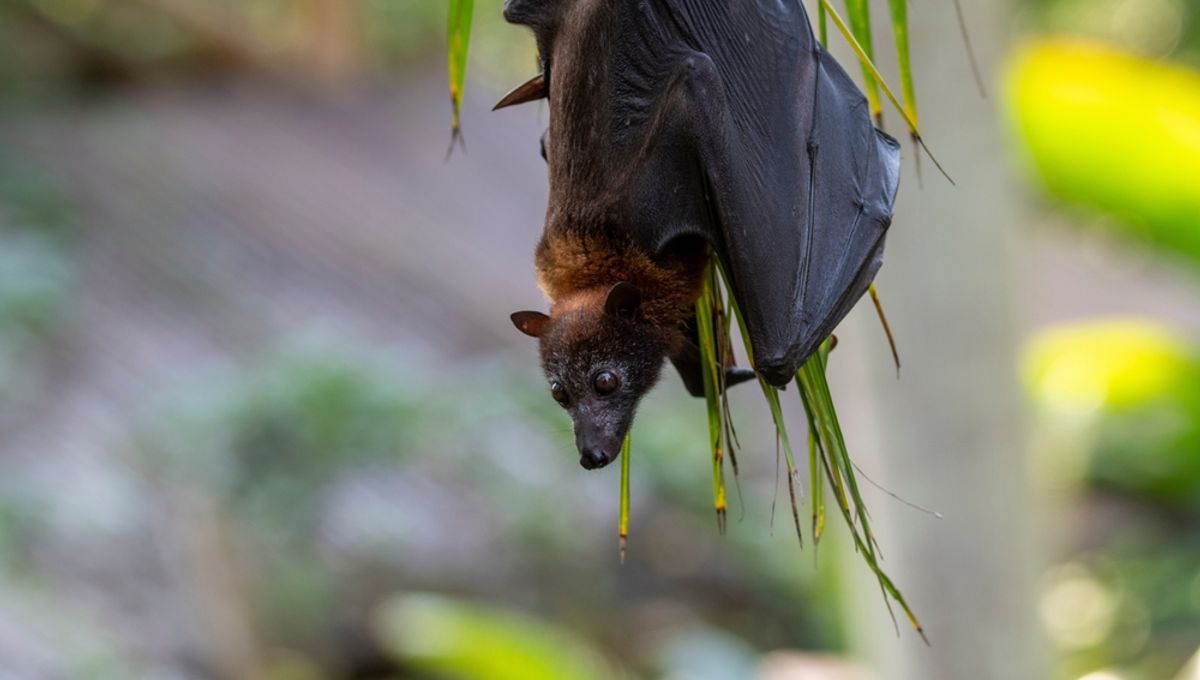
Throughout the 20th century, it was noted that the Chamorro people living on the remote Pacific island of Guam had unusually high rates of neurodegenerative diseases that had similarities to ALS, dementia, Alzheimer’s, and Parkinson’s. To this day, scientists are trying to sniff out the culprit behind this trend, but one undeniably intriguing link is this culture’s appetite for bats and, in turn, the bats’ appetite for the cycad plant.
Eating bats might not be to everyone’s taste, but it is a common delicacy in many pockets of the world. However, it is known to come with certain risks. Bats have a supercharged metabolism and immune system, which means they harbor all kinds of nasty pathogens that have the potential to jump to humans. According to this hypothesis though, pathogens weren’t the problem.
It was first speculated that the higher rates of neurodegenerative disease might be caused by tortillas made with flour ground from the seeds of cycads, a plant found on the island. It become evident that the seeds contained a neurotoxin known as beta-methylamino-L-alanine (BMAA).
However, people were known to furiously rinse the seeds before use to remove the toxin and the tortillas only had minimal levels of BMAA once prepared.
Suspicions then started to wander over to another part of the Chamorro’s diet: flying fox megabats. This theory first emerged because levels of neurodegenerative disease reportedly peaked just after World War II when guns became readily available and bats were prolifically hunted. Around this time, rates of the dementia-like disease were more than 100 times the incidence rate in the US, and efforts to identify its cause ramped up.
The condition became known as lytico-bodig disease. The mechanism behind it is still not fully understood. However, the brains of people with the disease show significant levels of neurofibrillary degeneration, much like what you’d expect to see in the brain of someone with Alzheimer’s.
A significant – and controversial – breakthrough appeared in 2002 when a study looked at the bodily tissue of Guam flying foxes and discovered shockingly high levels of BMAA. They found that the bats were gorging on the seeds of cycads and high concentrations of BMAA were being stored in their fat.
The bats themselves were not impacted, but as the neurotoxin was passed up the food chain it became amplified through a process of biomagnification. By the time that meat had ended up on a dinner plate, it was loaded with BMAA.
Or at least that’s how the theory goes. Not everyone buys the bat-cycads-BMAA hypothesis and, even today, many scientists have argued the case is not settled. Other theories involve metal contamination, genetics, prions, the water, a virus, a parasite, or some combination of these factors.
While the disease still attracts intense debate, it’s good to consider that cases of lytico-bodig disease have almost totally disappeared since the 2000s. This was a time when Guam was experiencing rapid westernization, bringing massive changes to the way the people lived – and what they ate.
Furthermore, some even contend that Guam’s lytico-bodig disease has helped to inspire new ideas for therapies to treat Alzheimer’s. Although its true cause has not been concretely proven, and perhaps never will be, it’s a small consolation that some good has come out of this tragic mystery.
Source Link: Mystery Brain Disease Was Rampant In Guam – Were Flying Foxes To Blame?